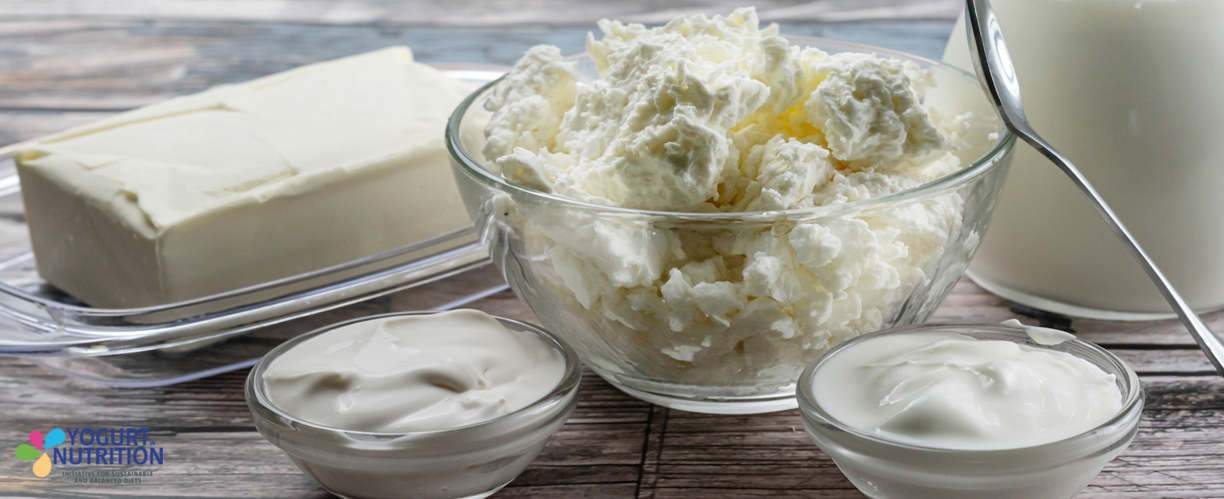A new US study has challenged the long-standing belief that whole-fat dairy foods can harm heart health. Instead, such foods could even be part of a healthy diet, the research suggests (1).
The findings are the latest in a growing body of evidence that calls into question dietary guidelines recommending we choose low-fat, rather than high-fat dairy products. And it comes hot on the heels of British research suggesting that swapping saturated fats from meat with those from dairy products may help curb cardiovascular risk (2).
Questioning the link between whole fat dairy foods and heart conditions
Current dietary guidelines advise reducing the intake of whole-fat dairy, reflecting concerns about the effects of their high saturated fat content on heart health. But emerging research suggests that the relationship between whole-fat dairy foods and cardiometabolic health – conditions such as heart disease, diabetes, and obesity – might not be so straightforward.
The latest study, by researchers at the University of Vermont, sheds light on the unique structure and composition of the dairy-fat matrix and how it varies between dairy foods (1). The researchers studied whether differences in the dairy-fat matrix could help explain why individual dairy foods – milk, yogurt, cheese, and butter – might have varying effects on cardiometabolic health.
Examining the effects of dairy foods on cardiometabolic health
They analysed studies published over the past ten years, looking at how regular consumption of whole-fat dairy foods affects markers of cardiometabolic health including body weight, diabetes, inflammation, blood pressure, cholesterol levels, and the risk of developing heart disease.
The results were mixed. In most cases, no significant associations were found between eating whole-fat dairy and poor cardiometabolic outcomes. In fact, some studies suggested that whole-fat dairy foods, particularly milk and yogurt, may have beneficial effects on some cardiometabolic risk factors:
- Milk – potentially beneficial effects on obesity
- Yogurt – potentially beneficial effects on body weight regulation and the risk of developing obesity, type 2 diabetes (T2D) and cardiovascular disease (CVD)
- Cheese – potentially beneficial effects on outcome measures related to T2D and CVD, such as cholesterol levels
What does this mean for our diet?
The study findings suggest that, rather than being a threat to heart health, regularly eating whole-fat dairy foods could be part of a healthy diet.
However, the researchers point to the need for more research to confirm the exact relationship between dairy foods and cardiometabolic health. They recommend further studies to understand better how dietary patterns that include plant- and animal-sourced foods, including dairy foods, contribute to nutritious diets that promote both human and planetary health.
“Evidence largely suggests no effect of consuming higher-fat varieties of dairy products on cardiometabolic health, with minor differences between individual dairy products, when stratified by both dairy product and fat content. More broadly, the current body of evidence suggests that regular fat dairy products may be a part of overall healthy eating patterns. “
What makes the dairy-fat matrix special?
Dairy fat is not just a single type of fat; it consists of a complex mixture of fatty acids, triglycerides, sterols, and phospholipids. These fats are all uniquely packaged into milk fat globules – tiny spheres surrounded by a membrane.
- Fatty acids – at least 400 different dairy fatty acids have been identified. Approximately 68% of these are saturated, 27% mono-unsaturated and 4% poly-unsaturated, although these proportions can vary widely (3).
- Triglycerides, phospholipids, and sterols – fatty acids combine to form these secondary structures. In milk, 97–98% of fatty acids are found in the form of triglycerides, with about 1% as phospholipids, and less than 1% each as sterols and free fatty acids (4).
- The milk fat globular membrane (MFGM) – dairy fats are uniquely arranged as a globule surrounded by a distinct membrane with inner, central, and outer layers. The inner layer comprises polar lipids, the central layer of proteins, and the outer layer of phospholipids (5).
How does the dairy-fat matrix differ between foods?
In milk, the MFGM prevents the aggregation of milk fat globules, creating an emulsion and protecting the inner triglyceride core from being degraded by enzymes. However, the structure of the MFGM can be changed by processing methods, resulting in a distinct dairy-fat matrix for different dairy products. For example:
- Milk homogenisation reduces the size of milk fat globules, leading to an overall increase in their surface area (6);
- Yogurt and cheese fermentation creates a semi-solid milk gel with milk fat globules interspersed in a casein protein network (6,7);
- Butter churning disrupts milk fat globules, releasing their triglyceride cores from within the MFGM to aggregate (8).



